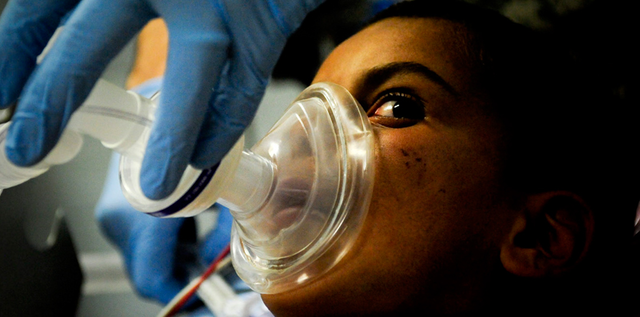
06:06 11th March 2016 | Oocyte Retrieval
Laparoscope Vaginal Ultasound Probe IVF Procedure Pregnancy Rate Egg Collection Vaginal Skin Ovarian Capsule Aspirating Needle Conscious Sedation General Anaesthesia Operating Theatre Pain Management IVF Success Rates Fertilised Oocytes Pregnancy Rates
Author: Olubimpe Adetunji, Senior Fertility Nurse, The Bridge Clinic, with Agency reports.
The 1980s witnessed a drastic change from the use of laparoscope to vaginal ultrasound probe for egg retrieval during an IVF procedure. Although the technique of using a vaginal ultra-sound probe is less invasive and associated with higher pregnancy rates, it is one of the most stressful and painful components of the entire assisted reproductive process.
The pain during oocyte retrieval (egg collection) is caused by the puncture of the vaginal skin and ovarian capsule by the aspirating needle, as well as manipulation with in the ovary during the procedure. Adequate pain relief is required to immobilise the patient and reduce the risk of piercing blood vessels during the process.Ideally, pain relief during this process should be safe, effective, easy to administer, short acting and readily reversible with few side effects.
Between conscious sedation and general anaesthesia
Conscious sedation is a medically controlled state of depressed consciousness in which airway patency, protective reflexes and the ability to respond to stimulation or verbal commands
is preserved. It is appropriate for egg collection which is a short and uncomplicated procedure.
General anaesthesia is the state produced when a patient receives medications for amnesia, analgesia, muscle paralysis, and sedation. An anaesthetised patient can be thought of as being in a controlled, reversible state of unconsciousness. On level of consciousness, patients under conscious sedation are drowsy, comfortable, sleepy and relaxed, but remain conscious and can be roused by verbal communication. Patients under general anaesthesia are completely unresponsive and cannot be roused by verbal communication. On safety, the patient in conscious sedation is in control of major reflex functions such as breathing, unlike those on general anaesthesia, who are unconscious and have their reflexes maintained artificially.
The frequency and gravity of side effects is lower with conscious sedation than with general anaesthesia. When it comes to cost effectiveness, it is also cheaper to deploy conscious sedation, as the recovery period is much quicker than with general anaesthetic. It does not require hospital settings like in general anaesthesia which is mostly done inside a hospital in an operating theatre and under the expertise of an anaesthetist.
Pain management types and IVF success rates
In a study conducted to compare the effects of general anaesthesia and conscious sedation on oocyte retrieval and IVF outcome showed that the number of collected oocytes was
significantly higher with general anaesthesia than conscious sedation with no noticeable differences in the number of fertilise oocytes, cleavage and pregnancy rates.
Search by condition, treatment or keyword and conveniently browse our informative articles
Book an appointment online or search for a clinic close to you.
Book an Appointment